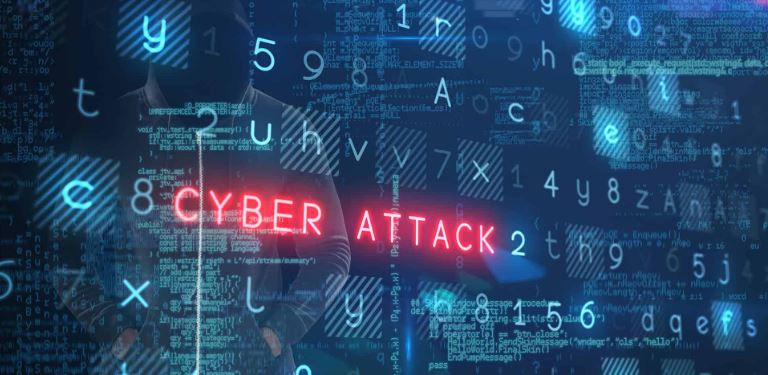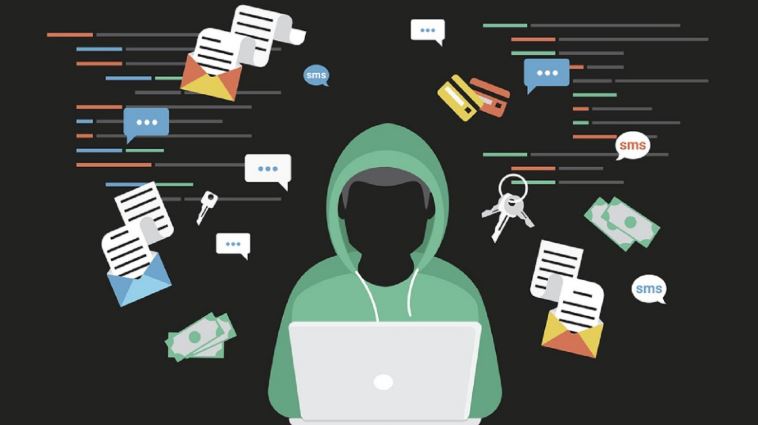In the modern digital era, cyber-attacks have become an increasing threat to both businesses and individuals. As technology evolves, so do cyber-attack techniques, making protection more complex. This article explores different types of cyber-attacks, their impact, and preventive measures.
What Are Cyber Attacks?
Cyber-attacks are malicious attempts to gain unauthorized access to networks, systems, or data for theft, disruption, or extortion. These attacks take various forms, including computer viruses, malware (such as ransomware and spyware), DDoS (Distributed Denial of Service) attacks, and phishing scams designed to steal sensitive information like passwords and credit card details.

Common Types of Cyber Attacks:
- Malware (Malicious Software):
- Viruses: Infect files and spread across devices, damaging data and systems.
- Worms: Self-replicating threats that spread across networks without user intervention.
- Trojan Horses: Disguised as legitimate software but execute harmful activities.
- Ransomware: Encrypts data and demands a ransom for decryption.
- Spyware: Monitors user activity and collects sensitive data.
- Adware: Displays unwanted ads that may slow down or disrupt system operations.
- Phishing Attacks:
- Fake emails or websites trick users into revealing personal information.
- Best protection: Verify email sources and avoid clicking suspicious links.
- DDoS (Distributed Denial of Service) Attacks:
- Overwhelm servers with excessive traffic, disrupting online services.
- Protection includes anti-DDoS services and robust network security.
- Social Engineering Attacks:
- Manipulating individuals to divulge confidential information.
- Common methods include phone scams and impersonation.
- Hacking and Unauthorized Access:
- Exploiting system vulnerabilities to steal or manipulate data.
- Protection includes firewalls, encryption, and multi-factor authentication.
Impact of Cyber Attacks:
- Financial Damage: Loss of revenue, recovery costs, and legal penalties.
- Reputation Damage: Breach incidents lead to loss of trust among customers.
- Legal Consequences: Non-compliance with cybersecurity laws like GDPR can result in heavy fines.
Best Practices for Cybersecurity Protection:
- Antivirus Software: Detects and removes threats before they harm the system.
- Regular Updates: Ensures all software and systems remain secure against vulnerabilities.
- Employee Training: Raising awareness about cyber threats reduces risk.
- Security Policies: Implementing strict data protection measures.

Conclusion:
Cyber attacks pose a significant challenge in the digital world. Understanding their types, motives, and consequences is crucial for effective protection. By following cybersecurity best practices and using advanced security tools, individuals and organizations can mitigate risks and safeguard sensitive information.
